Recycling has come a long way since the 1970s when the first newspaper recycling program launched in Maryland.
Today, close to 10,000 U.S. communities enjoy convenient curbside recycling.
But what happens after that bin gets hauled away?
In most communities, the first stop is a recycling plant where the contents are sorted and processed.
This step is important because, let's face it, we all throw dirty, probably-not-recyclable stuff in the bin.
The more well-sorted a batch of recyclables is, the more money it fetches as raw material on the open market.
There are several stages of sorting. First, human workers remove trash, large objects, and plastic bags which can clog the machinery.
Dirty pizza boxes, cans with bits of food left in them, and certain plastics (like PVC) can't be recycled, so they're sent to the landfill.
Then, the recyclables enter a machine sorting processes that separates each reusable material into bales.
Paper...
All paper must be separated by type: white office paper, newspaper, and magazines. Then, it's compressed into large bales for easy transport to paper mills. Once at the mill, the used paper is shredded and mixed with water to create a pulp. This pulp is cleaned before it's beaten to create slush. Then, it's put through the same paper-making process as virgin material. Recycled paper typically becomes new office paper, newspaper, toilet paper, or paper towels.
Corrugated Cardboard...
Corrugated cardboard is one of the most recycled materials in America: over 80 percent of it is diverted from the landfill. Cardboard goes through a shredding, cleaning, slurry process similar to other paper. Then, it almost always gets formed into new cardboard boxes.
Glass…
In some facilities, the glass is sorted by color before being washed to remove impurities. Then it’s crushed and sold to companies that melt it down and use it to manufacture new glass containers.
In other facilities, all glass is lumped together and crushed into "mixed cullet." The cullet is used in different applications, like a replacement for sand in sports turf, landscaping, brick manufacturing, septic tank draining fields, and paved surfaces.
Aluminum...
Aluminum cans are squished into bales at the recycling center. These bales are transported to processing plants where they are shredded into small pieces, melted down and mixed with raw aluminum materials. The melted aluminum is then molded into new products, including cans and aluminum foil.
And plastic...
Plastic containers are sorted by their resin identification code (that number in a triangle on the bottom). Then they are baled and sent to a processing plant to be shredded into flakes and melted down into a pellets. The pellets are then sent to companies that use them to make new items. Recycled #1 plastics can be made into fleece or carpeting. Recycled #2 plastics are often made into artificial lumber for outdoor furniture or decking.
So who are these magical companies, heroically buying up our recycled bottles and cans and using them to make new stuff?
Sadly, most of them are NOT American. A big chunk of our recycled material gets exported to China. But that's slowly changing for two reasons…
1. China has begun to refuse low quality recyclables. If there's too much food, trash, or even the wrong type of recyclable mixed in, they won't buy it. And they charge a fee for every load they reject. They call it the "Green Fence." 2. American-based recycling operations are becoming more sophisticated. Many of them are willing to take the extra steps necessary to clean and process the waste. And this creates eco-friendly jobs for American workers.
And what about the not-so-typical stuff that we recycle separately, like batteries?
Batteries have to be handled very carefully because of the chemicals and metal they contain. Alkaline/zinc carbon batteries (aka "single use batteries) are smashed so their components (zinc & manganese Concentrate, steel, paper & plastic) can be separated out. The good news is, all of these products are put back into the market place for reuse in new products. A similar process is used for other types of batteries, but alkaline/zinc carbon are the only batteries that are 100 percent recycled.
Or printer ink cartridges?
Some printer companies, like HP, have stepped up to offer domestic recycling of cartridges. Their free mail-back program has kept millions of cartridges from being trashed or burned in other countries. Cartridges sent back to HP are emptied, disassembled, and the materials separated. The plastic is then shredded and used to make new cartridges.
So what's the moral of this recycling story?
Show your recyclables some TLC.
Rinse out your containers. Watch out for soiled paper and cardboard. And don't don't ever throw plastic bags in your recycling bin. Doing so ensures that more of your recycling actually gets used to make something new!
Whenever possible, return a hard-to-recycle item to the company that made it.
Companies that are willing to take back spent items are your best bet for making sure they stay out of the landfill--here and abroad.
Buy recycled stuff.
Seeking out products made from a high percentage of post-consumer waste ensures a high demand for recycled materials.
Every day, many of us choose to toss our paper, plastic, aluminum and glass into recycling bins rather than trash cans.

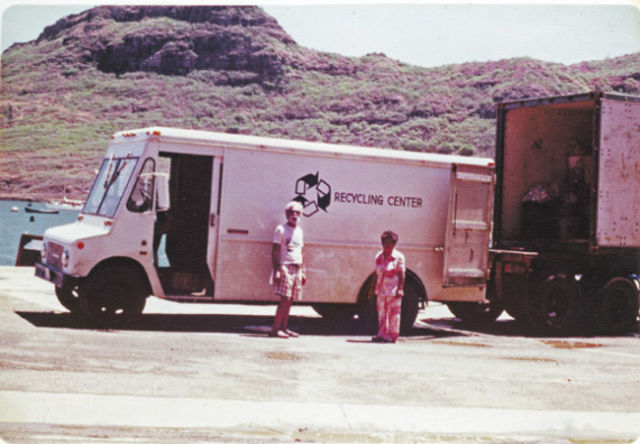
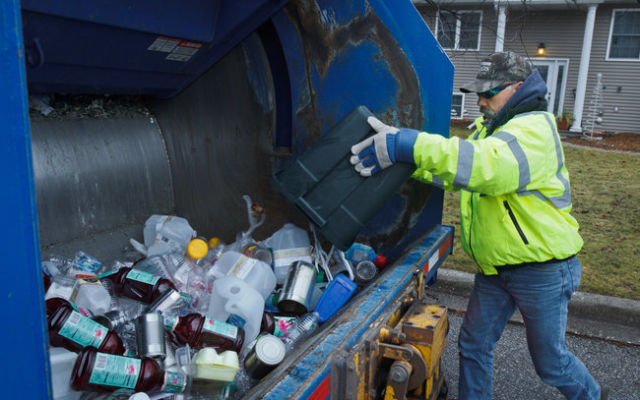
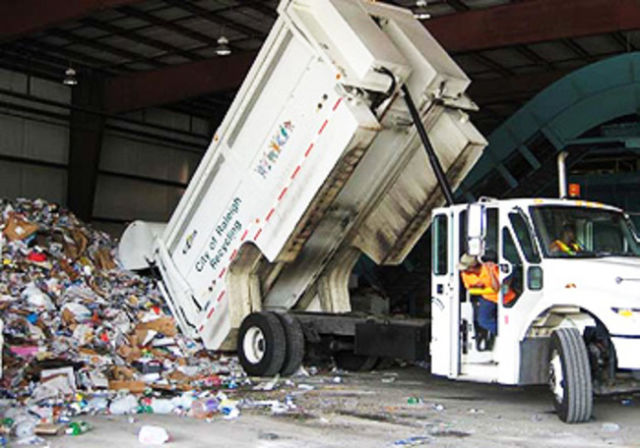
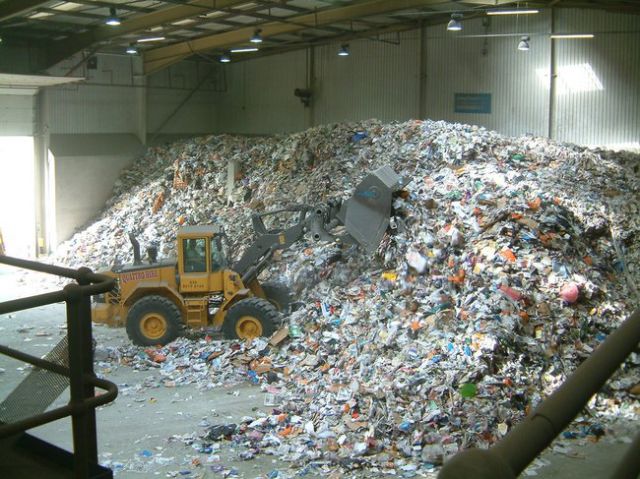


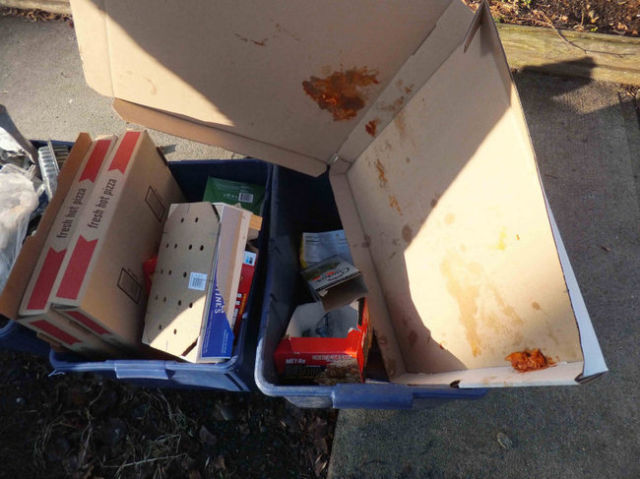


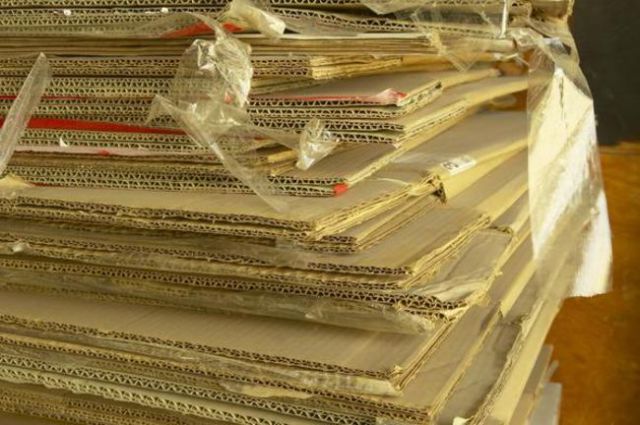
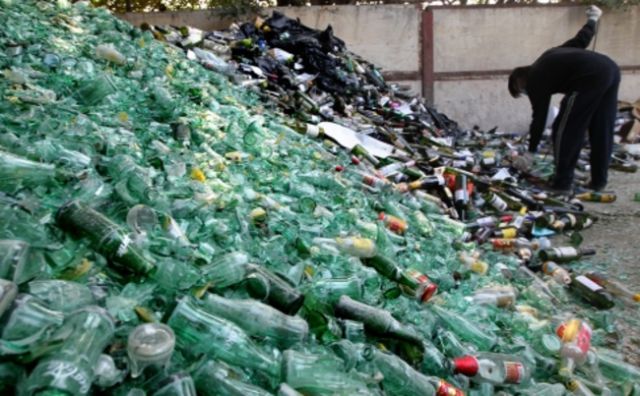

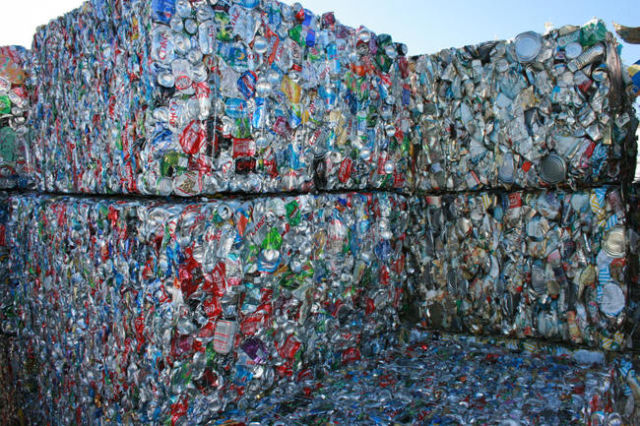

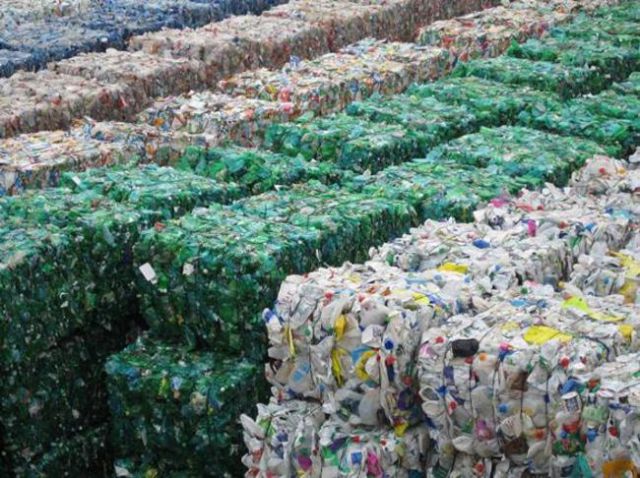
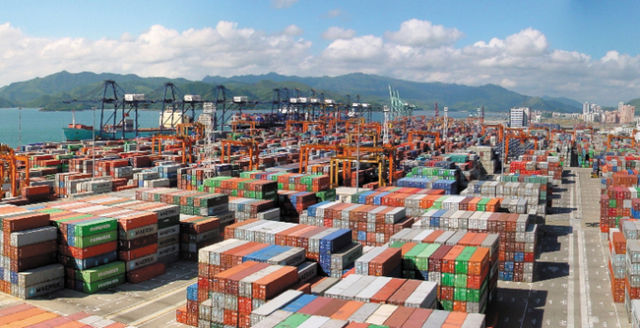
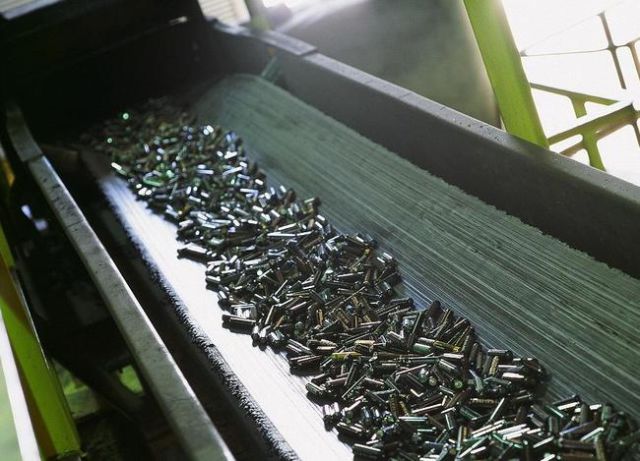
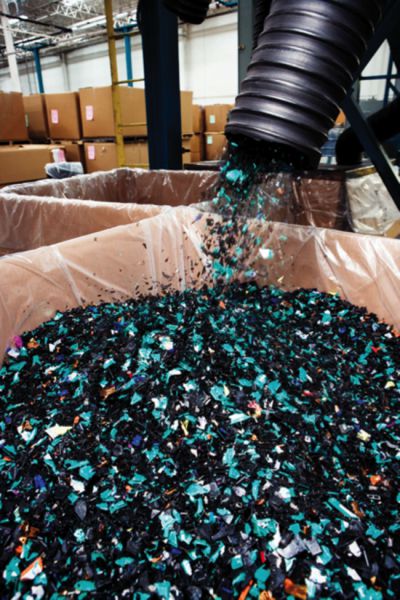

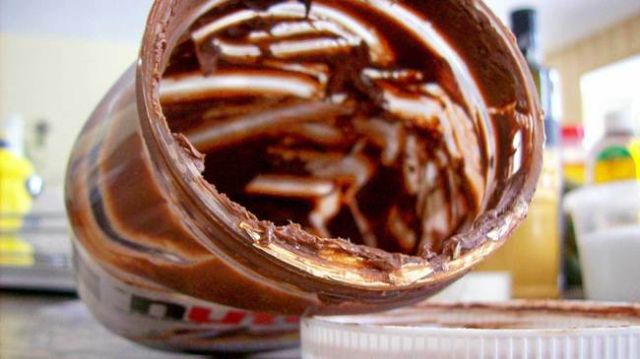
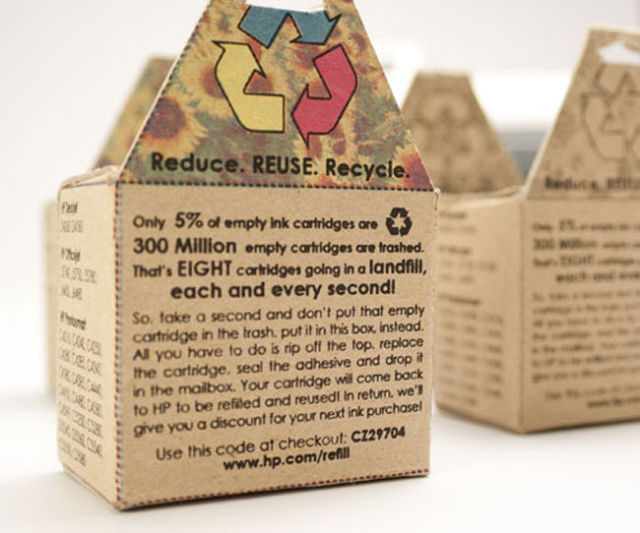
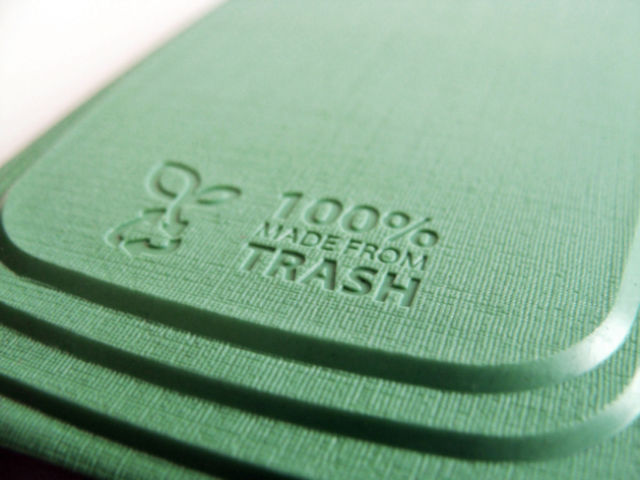
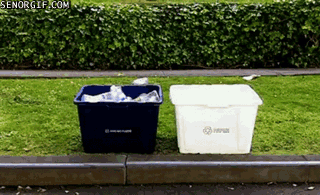

another cool aspect to these facilities is the way they ingeniously sort materials from each other. they use air gusts, lasers, mechanical means and even electron streams to separate stuff out. the electron streams for example are used to sort magnetic from non magnetic metal.